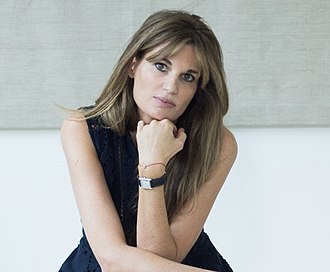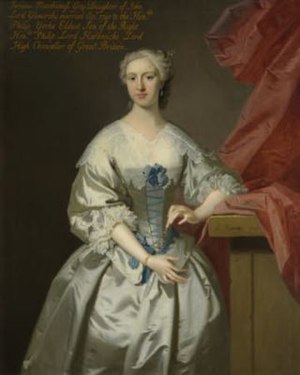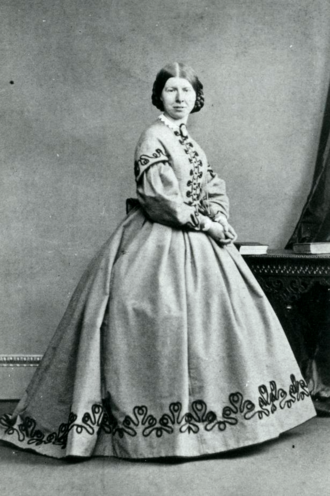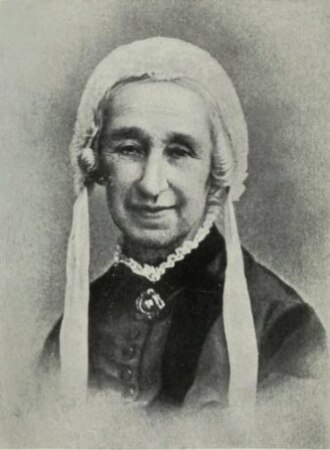Discover Your Roots
SIGN UPDiscover Your Roots
SIGN UPJemima is a female name of Hebrew origin, meaning "dove." It holds biblical significance as the name of Job's daughter. In popular culture, it is associated with characters like Jemima Potts from "Chitty Chitty Bang Bang" and Jemima Puddleduck from the children's book by Beatrix Potter. Notable individuals bearing this name include Jemima Goldsmith, Jemima Kirke, and Jemima Sumgong. However, it is important to note that the name has a controversial association with the character Aunt Jemima, which is widely considered to be a racist caricature. Despite this, the name Jemima continues to carry a timeless and graceful meaning as a symbol of peace and gentleness.

Jemima Kirke, born on April 26, 1985, is a British-American artist, actress, and director known for her role as Jessa Johansson in the HBO series Girls. She made her film debut in the 2005 indie short Smile for the Camera and her feature-length debut in Tiny Furniture (2010). Kirke majored in art and received her Bachelor of Fine Arts in painting from the Rhode Island School of Design. She has held several art exhibitions and has also ventured into directing, making her directorial debut in 2019. Kirke has appeared in various music videos and has been involved in activism, partnering with the Center for Reproductive Rights to create a public service announcement advocating for reproductive healthcare. In her personal life, she resides in Brooklyn, New York, and East Hampton. Kirke is known for her candidness, and her work in the entertainment industry continues to captivate audiences worldwide.

Jemima Marcelle Goldsmith, also known as Jemima Khan Goldsmith, is an English journalist, screenwriter, and the founder of Instinct Productions, a television production company. Born in London to Lady Annabel Goldsmith and Sir James Goldsmith, she grew up in a prominent family with strong ties to politics and finance. Goldsmith's career has spanned journalism, film, television, and theater. She has served as an associate editor for The New Statesman, the European editor-at-large for Vanity Fair, and has contributed op-eds to various UK newspapers and magazines. In 2015, she founded Instinct Productions, focusing on producing television, documentaries, and films. Goldsmith has been involved in producing several acclaimed documentary series and films, including "The Clinton Affair," "The Case Against Adnan Syed," and "Impeachment," among others. Her work has garnered critical acclaim and recognition, including Emmy nominations and awards at prestigious film festivals. Goldsmith's diverse career also includes producing a hit podcast and contributing to the historical drama series "The Crown." With her multifaceted contributions to journalism and the entertainment industry, Jemima Goldsmith has made a significant impact in the media landscape.

Jemima Yorke, 2nd Marchioness Grey and Countess of Hardwicke, was a prominent British peeress born on 9th October 1723. She was the daughter of John Campbell, 3rd Earl of Breadalbane and Holland, and Lady Amabel Grey. In 1740, she married the Hon. Philip Yorke and the couple had two daughters, Lady Amabel Yorke and Lady Mary Jemima Yorke. Upon the death of her maternal grandfather, the Duke of Kent, Jemima succeeded as Marchioness Grey in 1740. Despite having no male heirs, she held the title until her passing in 1797. Her eldest daughter, Amabel, succeeded to the title of 5th Baroness Lucas and was later created Countess de Grey in her own right. Jemima Yorke's lineage and contributions are notable in British history. For further information, see the connections to Wrest Park. Jemima Yorke, 2nd Marchioness Grey's legacy lives on through her descendants and her impact on British aristocracy.

Jemima Anne Morrell (7 March 1832 – 13 October 1909) was an English traveller and illustrator born into a middle-class family in Selby, Yorkshire. She was an aspiring artist and a member of the Junior United Alpine Club, which organized annual holiday trips. In 1863, Morrell participated in the first-ever guided tour of Switzerland led by Thomas Cook, making her one of the first modern international tourists. Her detailed journal of the journey, "Miss Jemima's Swiss Journal: The First Conducted Tour of Switzerland," provides valuable insights into the origins of modern international tourism. The trip took three weeks, during which Morrell and her companions, mostly women, explored Switzerland, wearing corsets and crinoline dresses, and engaging in adventurous activities such as mountain climbing and snowball fighting. Despite the often perilous journey, the tourists greatly enjoyed their trip. Morrell's journal gives a light-hearted account of the journey and reflects the new form of traveler she and her companions represented at the time. Her account is an important historical document that sheds light on the early days of international tourism and the experiences of women travelers during that era.

Jemima Luke (1813–1906) was a renowned English writer during the Victorian era, best known for her children's hymn "I think when I read that sweet story of old." Born in London to philanthropist Thomas Thompson and Elizabeth Pinckney, Luke began her literary career at the age of thirteen, and later studied under Christian writer Caroline Fry. Despite her aspirations of missionary work in India, she remained in England, teaching hymns to school children and composing "The Child's Desire," which gained popularity and led to her becoming the editor of The Missionary Repository. Luke's hymn, "I think when I read that sweet story of old," appeared in several Victorian hymnals, cementing her fame. She also authored several books, including The Female Jesuit and her autobiography, The Early Years of my Life. Luke married Reverend Samuel Luke and had two children before his passing. She later moved to the Isle of Wight, where she became known as a passionate nonconformist and advocate for children's education. Jemima Luke passed away at the age of 92 in Newport, leaving behind a legacy of hymnody and literature.
All images displayed on this page are sourced from Wikipedia or Wikimedia Commons.We use these images under their respective Creative Commons or public domain licenses. Wherever applicable, author attributions and license information are provided. If you believe an image is used incorrectly or outside its license terms, please contact us so that we can review and correct the issue.